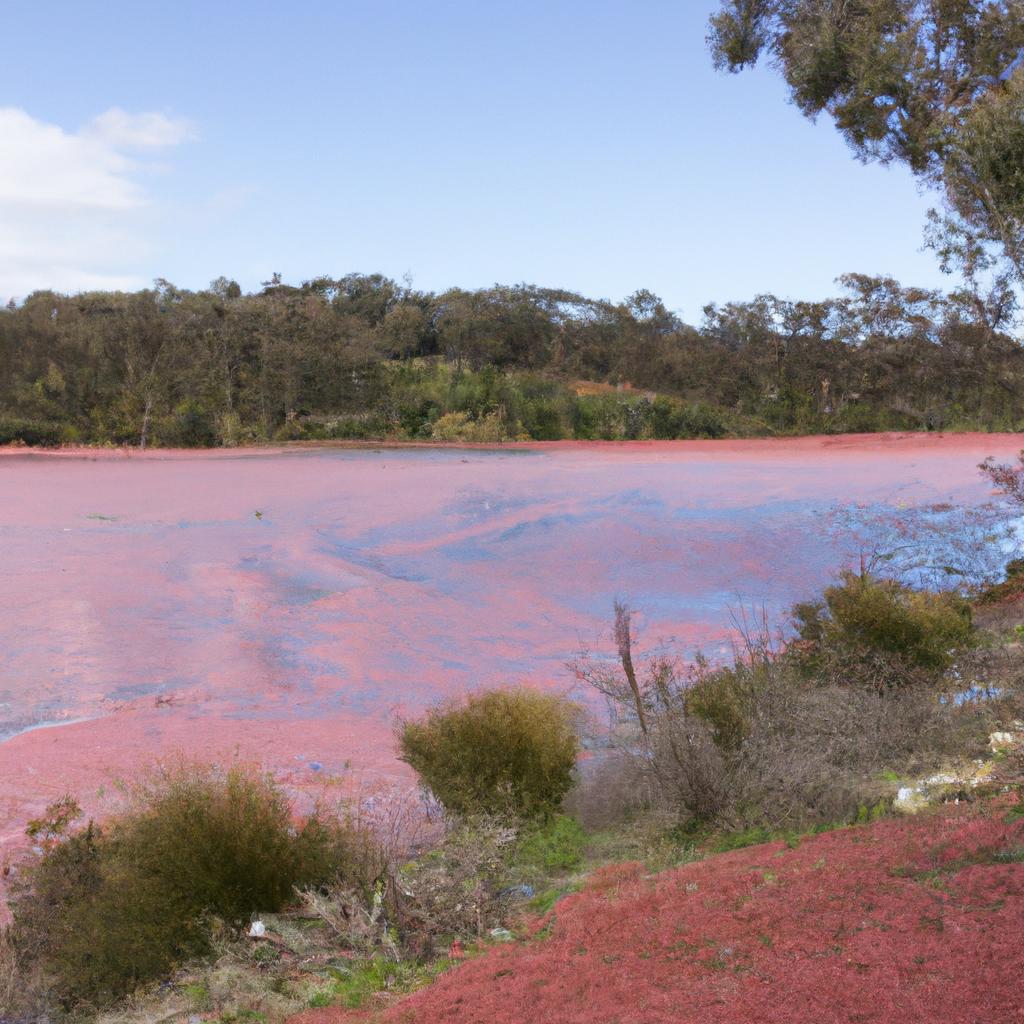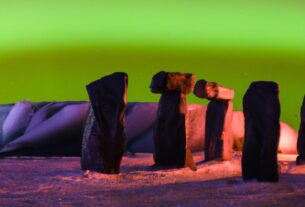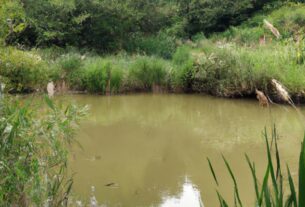Have you ever heard of a pink lake? If not, get ready to be amazed! Hillier Lake, situated in Western Australia, is a breathtaking natural wonder that attracts tourists from all over the world. In this article, we will embark on a journey to explore everything you need to know about Hillier Lake.
Unveiling the Origin and History of Hillier Lake
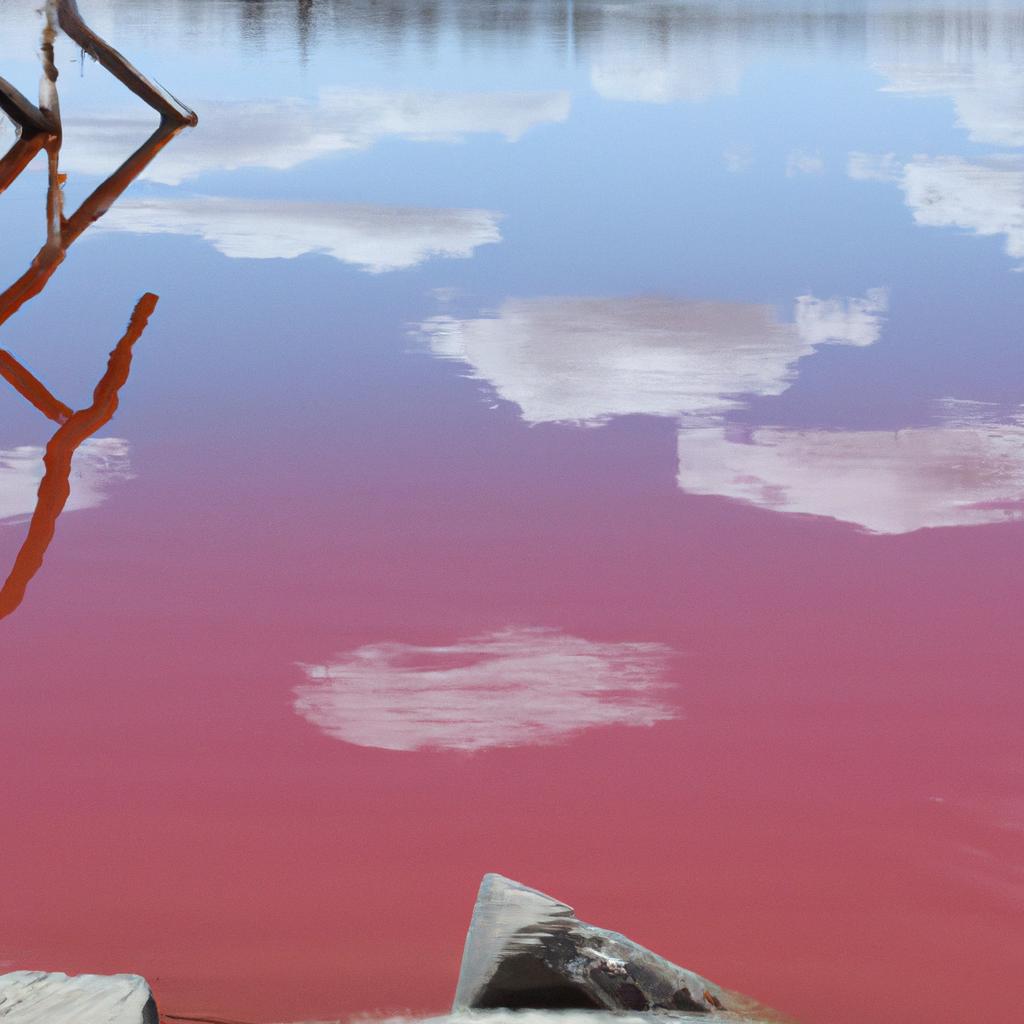
The Discovery by Matthew Flinders
Hillier Lake was first discovered by the British explorer Matthew Flinders in 1802 during his expedition to the area. Flinders was captivated by the lake’s pink color, initially thinking it was a reflection of the surrounding red cliffs. However, he soon realized that the water itself was pink.
The Scientific Explanation
For many years, scientists were puzzled by Hillier Lake’s pink color. However, recent studies have unveiled the secret. The color is caused by a type of algae called Dunaliella Salina, which produces a pink pigment. This microorganism gives the lake its distinct hue.
Cultural Significance
Hillier Lake holds cultural significance, particularly to the Noongar people, the indigenous community of the region. According to their ancestral beliefs, the lake’s pink color is attributed to the blood of a giant creature slain by their ancestors. As a sacred site, the lake is deeply respected and cherished.
Understanding the origin and history of Hillier Lake increases our appreciation for its uniqueness and value. The scientific explanation behind its pink coloration is fascinating, while its cultural significance adds to its splendor. Let’s delve into the characteristics and features of Hillier Lake.
Exploring the Enchanting Characteristics of Hillier Lake
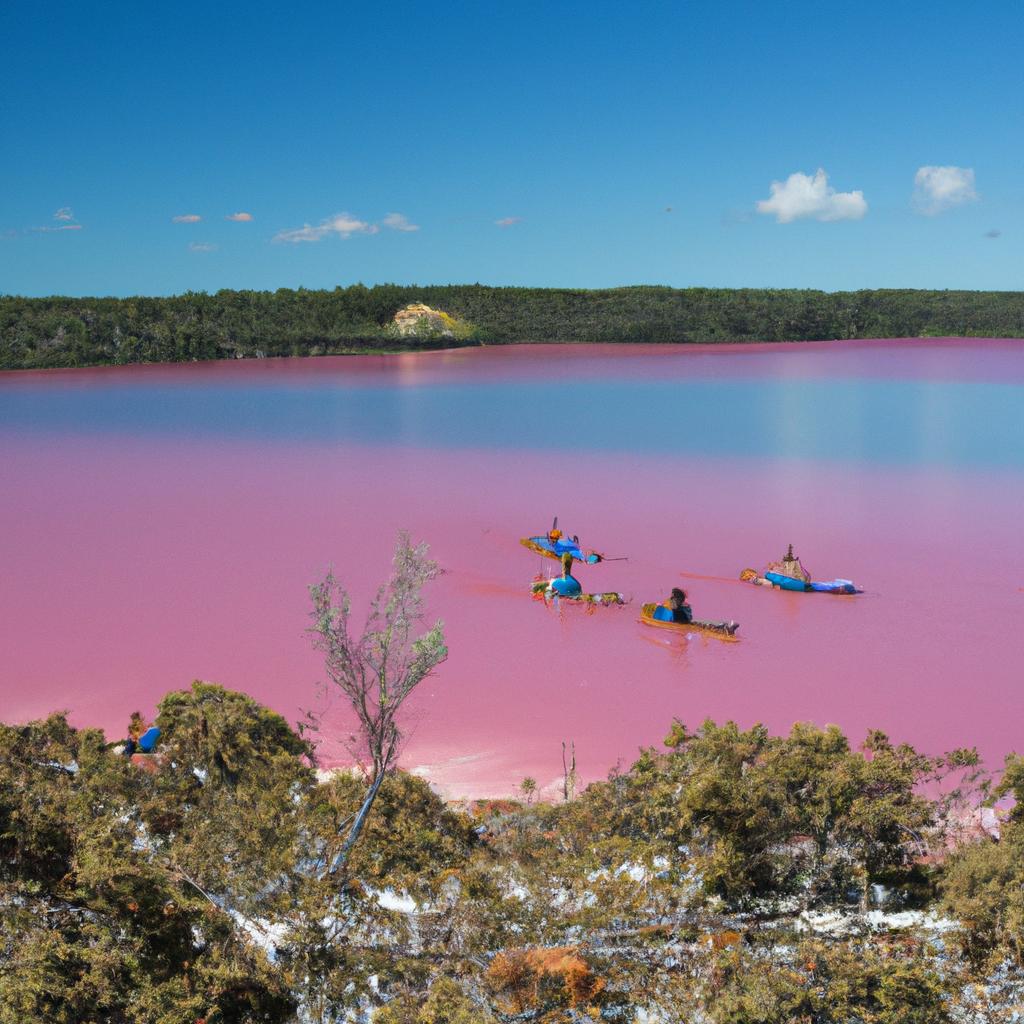
Physical Characteristics
Hillier Lake is a small saltwater lake, stretching about 600 meters in length and 250 meters in width, encompassing an area of approximately 15 hectares. Situated on the edge of Middle Island, one of the islands in the Recherche Archipelago on Western Australia’s south coast, the lake is relatively shallow, with a maximum depth of 10 meters.
Unique Ecosystem
Surrounded by dense eucalyptus and paperbark forests, Hillier Lake serves as a habitat for various animal and bird species such as kangaroos, wallabies, and emus. The lake itself supports a remarkable ecosystem of microorganisms, including algae and bacteria, responsible for its mesmerizing pink coloration.
Factors Contributing to the Pink Coloration
The exact reason for Hillier Lake’s pink color is still a mystery. Researchers propose two theories. One suggests that Dunaliella salina, an algae species, produces a red pigment that gives the lake its pink appearance. Another theory speculates that the high salt concentration in the water reacts with sodium chloride and magnesium salts, causing the pink color.
Hillier Lake truly is a marvel of nature. Its distinctive physical characteristics, diverse ecosystem, and mysterious pink coloration make it an irresistible destination for nature enthusiasts and travelers.
Hillier Lake: A Paradise for Tourism and Recreation
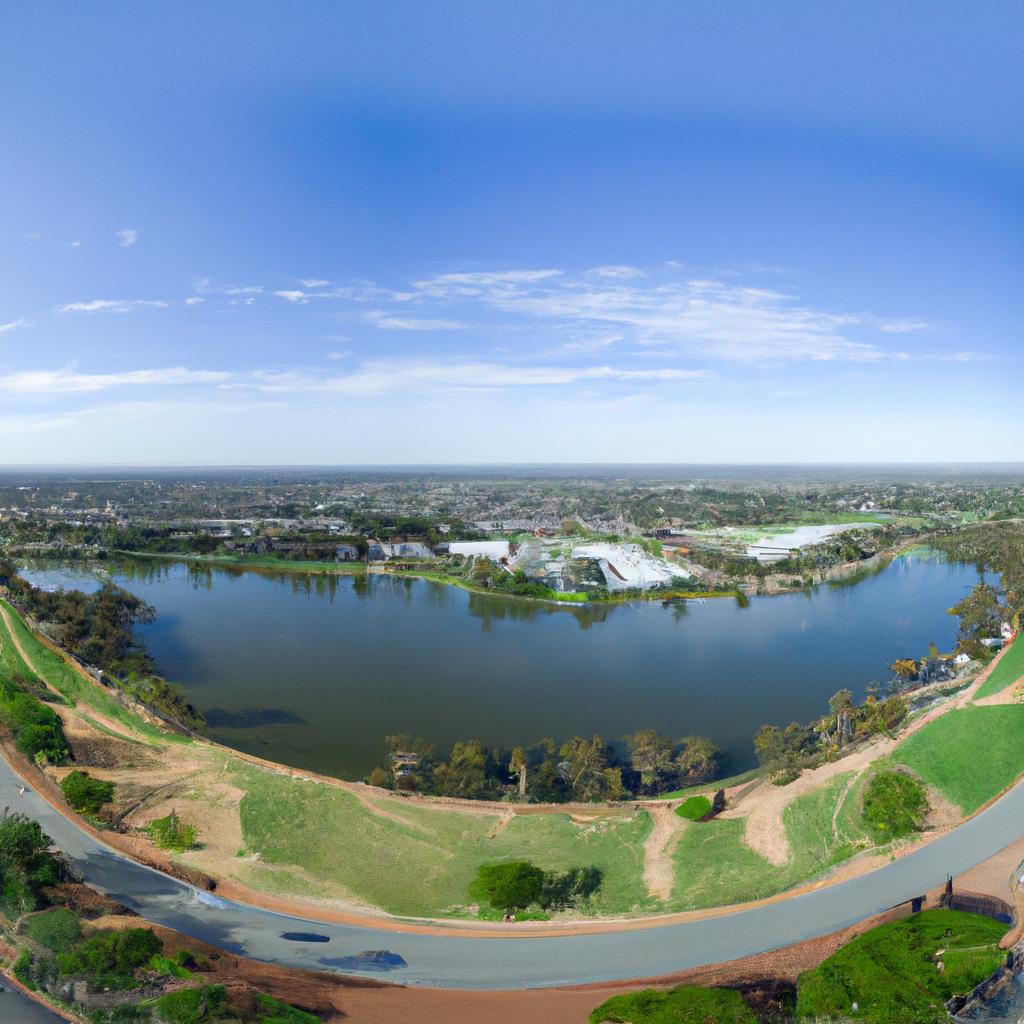
Hillier Lake has gained popularity as a tourist hotspot in recent years, thanks to its stunning pink color and unique ecosystem. It attracts visitors from around the globe, all eager to witness its beauty and indulge in various activities.
Growing Popularity
The lake’s popularity has soared, drawing an increasing number of visitors each year. Hillier Lake has become a must-see destination for nature lovers and adventure seekers alike. Tourists are captivated by the vibrant pink color and often share their pictures on social media. Consequently, the lake has experienced both positive and negative impacts on its ecosystem due to the surge in visitors.
Activities Available
While swimming is prohibited due to the high salt content, Hillier Lake offers a range of other activities, such as snorkeling and hiking. Its status as a habitat for numerous bird species makes it especially appealing to birdwatchers.
Efforts to Preserve the Ecosystem
To balance the influx of tourists with the preservation of the lake’s natural ecosystem, sustainable tourism practices have been implemented. The Western Australia Department of Parks and Wildlife has enacted regulations to protect the lake, including measures such as prohibiting the use of motorized watercraft. Additionally, educational tours are available to inform visitors about the importance of the lake’s ecosystem and ongoing conservation efforts.
Hillier Lake is an exceptional and picturesque destination, and preserving its natural ecosystem is essential for future generations to cherish and enjoy.
Environmental Concerns and Conservation Efforts
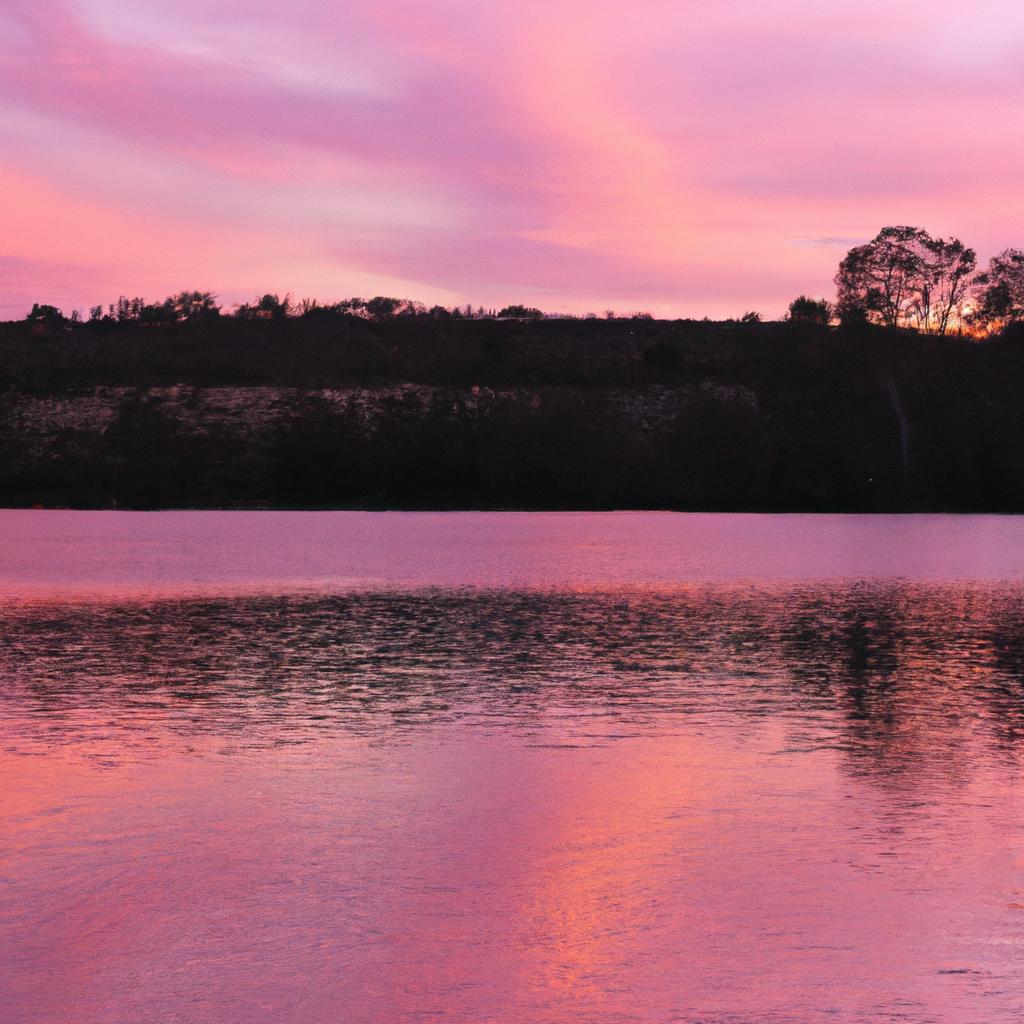
The stunning beauty of Hillier Lake has raised concerns about the impact of human activity on its delicate ecosystem. Climate change and pollution are the two primary potential threats to the lake.
Threats to Hillier Lake’s Ecosystem
Climate change has begun to affect Hillier Lake, causing changes in water levels and temperatures, thereby impacting the surrounding plants and animals. Pollution is another significant concern, considering the increasing number of visitors and the potential for littering and pollution from plastic waste.
Conservation Efforts
To safeguard this natural wonder, various conservation efforts are in place. Research and monitoring programs seek to understand and protect the lake’s ecosystem. The Western Australian Government has implemented strict regulations to manage tourism around Hillier Lake, controlling visitor numbers and activities that may disrupt the delicate balance of the lake’s ecosystem.
Importance of Preserving Hillier Lake
Preserving Hillier Lake is paramount, as it allows future generations to experience its unique beauty. The lake is not only visually captivating but also plays a crucial role in supporting diverse plant and animal life. By conserving Hillier Lake, we ensure its continued existence as a source of wonder and inspiration.
In Conclusion
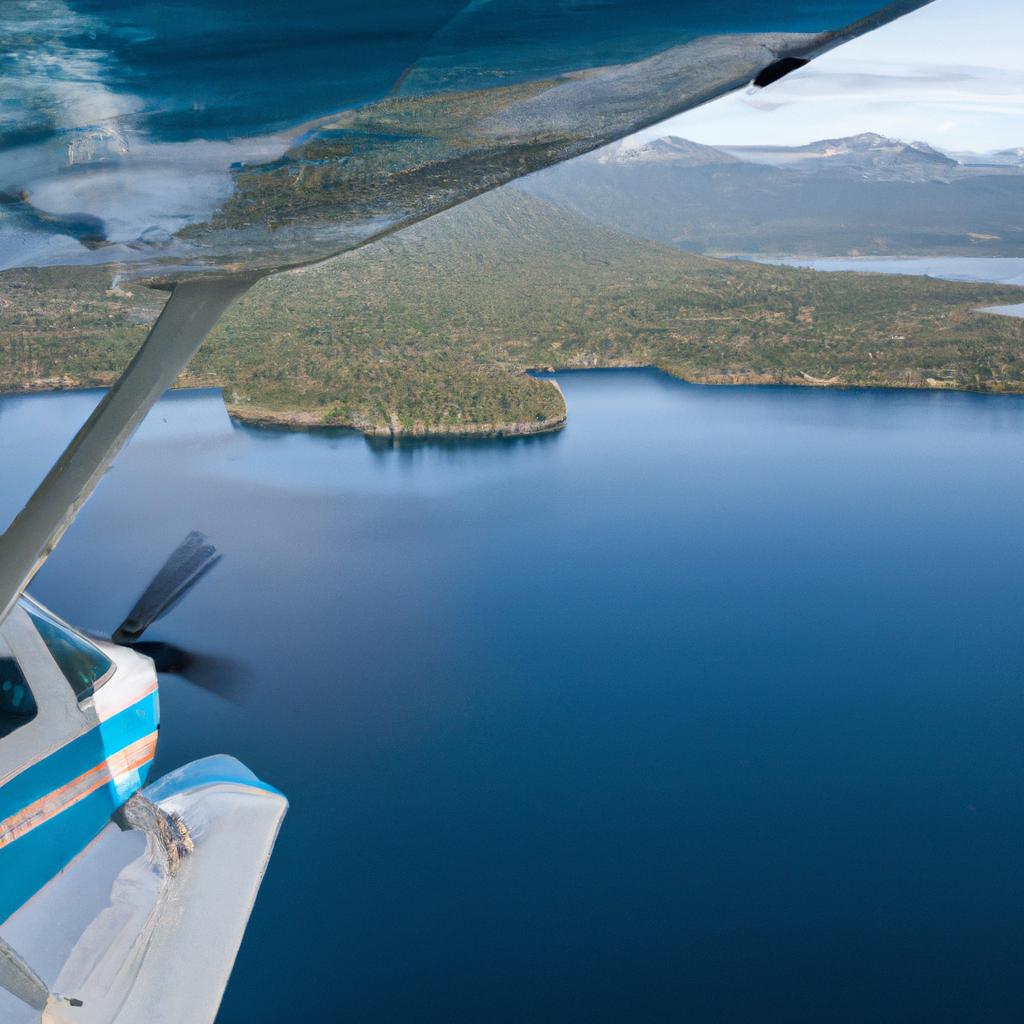
In conclusion, Hillier Lake is a natural wonder that enchants all who visit. Its pink coloration and distinctive ecosystem have made it an increasingly popular tourist destination, attracting people from across the globe. Moreover, Hillier Lake holds significant cultural importance for the indigenous community.
While tourism has brought economic benefits to the area, it also poses potential threats to the lake’s fragile ecosystem. Therefore, it is crucial to preserve Hillier Lake for future generations. Conservation efforts, ongoing research, and the implementation of sustainable practices are vital in protecting this precious natural wonder.
As nature enthusiasts, we encourage responsible tourism and a deep respect for the ecosystem and cultural significance of Hillier Lake. Let’s appreciate the beauty of Hillier Lake while contributing to its preservation.
Thank you for joining us on this journey to discover Hillier Lake. We hope it inspires you to explore more of our planet’s natural wonders and recognize the importance of their preservation.
References:
